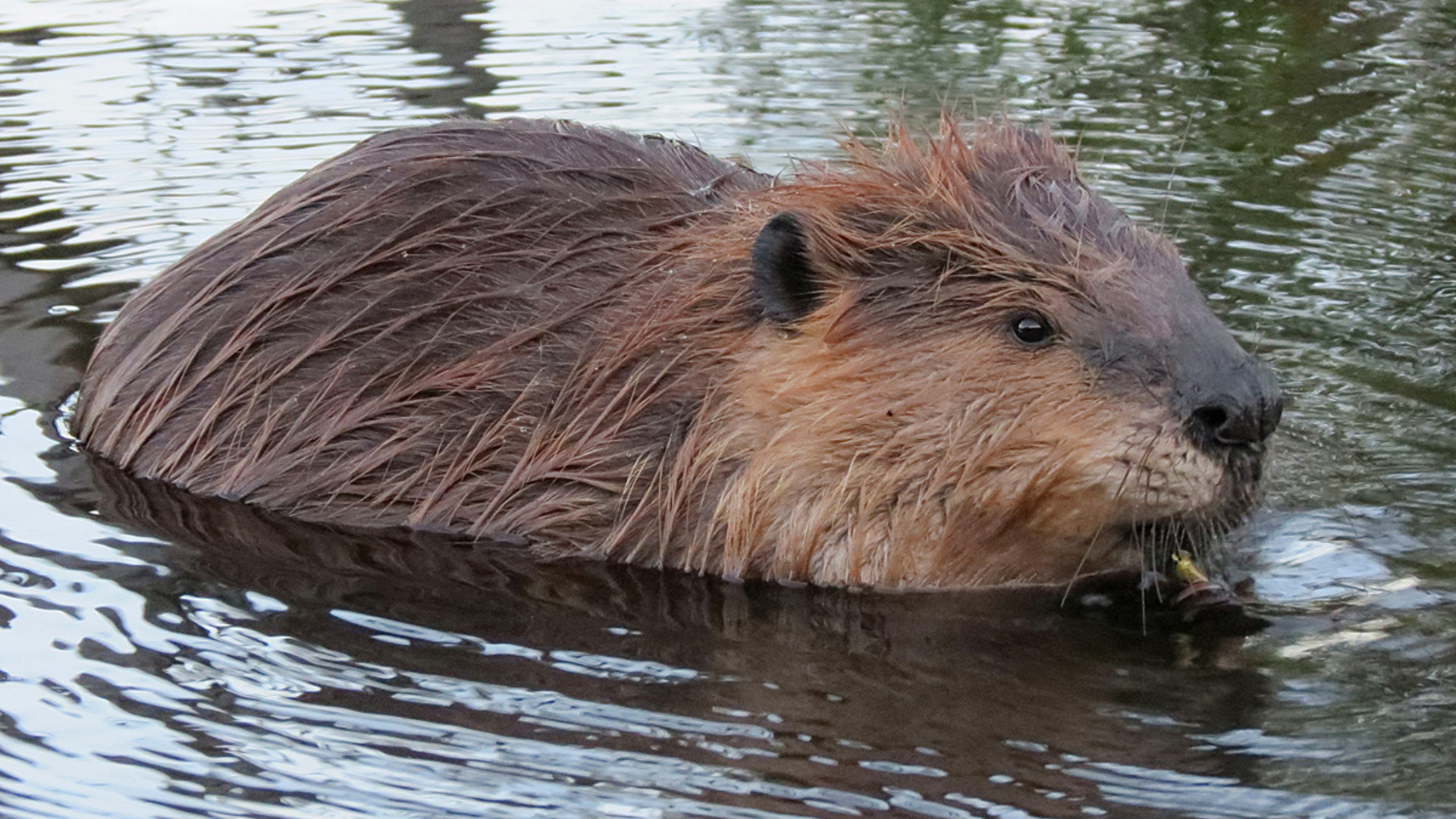Each spring Wildlife Services, the branch of the U.S. Department of Agriculture tasked with controlling problematic fauna, engages in a ritual as reliable as snowmelt or bird migration: It announces how many wild animals it killed the previous year. Although 2017’s toll, released earlier this month, is down from previous years, the numbers are still staggering. All told the agency eliminated 1.3 million native critters, including 319 cougars, 552 black bears and a whopping 23,646 beavers. That’s one paddle-tailed rodent every 22 minutes.
It’s no wonder Wildlife Services is particularly vexed by beavers, a species whose penchant for modifying its surroundings is surpassed only by our own. These relentless engineers gnaw down valuable timber, clog culverts, plug irrigation ditches, wash out roads, flood homes and even chew through fiberoptic cables. One 1983 study suggested that annual beaver damage approaches $100 million per year, a figure that has almost certainly continued to climb as Castor canadensis’s numbers have grown over the past several decades.
Whatever destruction beavers inflict, however, is far outweighed by their immense ecological value. In the course of reporting my book, Eager: The Surprising, Secret Life of Beavers and Why They Matter, I’ve witnessed these miraculous mammals helping people tackle just about every environmental problem under the sun. In droughty Nevada beaver ponds are raising water tables, sub-irrigating pastures and helping ranchers feed their cattle. In Washington they’re storing water to compensate for declining snowpack. In Rhode Island they’re filtering out agricultural pollution. According to one report, restoring beavers to a single river basin, Utah’s Escalante, would provide tens of millions of dollars in benefits each year.
And beavers don’t just furnish us with ecosystem services — they also sustain a vast menagerie. From wood frogs to warblers, mink to mergansers, sage grouse to salmon, there’s hardly a creature in North America that doesn’t seek sustenance in beaver-built ponds, marshes or meadows. In North Carolina biologists are even mimicking beavers to create habitat for the St. Francis satyr (Neonympha mitchellii francisci), an endangered butterfly whose preferred sedges flourish only in sunlit, beaver-sculpted wetlands.
The conundrum, then, is this: What will it take to square beavers’ proclivity for nurturing life with their tendency to damage infrastructure? How do we reap their benefits without incurring their costs?
Last week I traveled to the town of Agawam, Mass., for some hands-on training in castorid coexistence. My companion for the day was Mike Callahan, founder of the nonprofit Beaver Institute. Since 1999 Callahan has installed more than 1,300 flow devices — pipe-and-fence contraptions that control beaver flooding without requiring trappers to kill the offending rodents. If you appreciate having beavers in your backyard but aren’t keen on snorkeling through your basement, a flow device might just be the solution you’re looking for.
On this day the conflict fell along a road: Beavers had wedged gooey wads of cattails, sticks and mud into a culvert, preventing the adjacent wetland from draining through the pipe. If the water rose too high, Callahan explained, it could wash out the road. To forestall that disaster, we assembled a rectangular wire fence, its sides 16 feet long, and pounded its posts into the mud at the wetland’s bottom. As we worked the vibrato screech of red-winged blackbirds and jackhammering of pileated woodpeckers attested to the pond’s fecundity. The completed flow device effectively surrounded the culvert, preventing beavers from plugging the aperture. (Other designs incorporate concealed pipes to keep water flowing without alerting rodents to the source of the leak.) While beavers would likely be tempted to dam along the fence, Callahan hoped its considerable length would discourage them.
“The goal is to end up with a truce,” he told me.
Callahan’s apparatuses might look simple, but they’re sufficient to thwart nature’s most tireless builders. In one 2005 paper, Callahan found that his culvert-protecting flow devices succeeded 97 percent of the time. Other researchers have observed equally impressive results. A 2008 study found that for every dollar the Virginia Department of Transportation spent on flow devices along the state’s roads, it reaped more than eight dollars in savings on road maintenance and beaver trapping — over $370,000 altogether. And beaver researcher Glynnis Hood recently calculated that a dozen flow devices installed in a wetland park near Edmonton could save Alberta’s government around $180,000.
Even Wildlife Services, beavers’ bete noire, shows fitful signs of coming around. In a 2013 review of various flow device models, Wildlife Services biologists acknowledged that “tools and techniques are currently available to integrate non-lethal beaver management into landscape-scale management plans.” Although the agency’s trappers have been notably slow to apply flow devices in the field, there’s reason to hope that future springs will bring lower kill counts.
“To keep every cog and wheel,” wrote Aldo Leopold, “is the first precaution of intelligent tinkering.” Beavers, the animals who double as ecosystems, are among our most important cogs, fundamental to the conservation of North America’s water, wetlands and wildlife. Here’s hoping our tinkering gets more intelligent in the years to come.
© 2018 Ben Goldfarb. All rights reserved.
The opinions expressed above are those of the author and do not necessarily reflect those of The Revelator, the Center for Biological Diversity or their employees.


